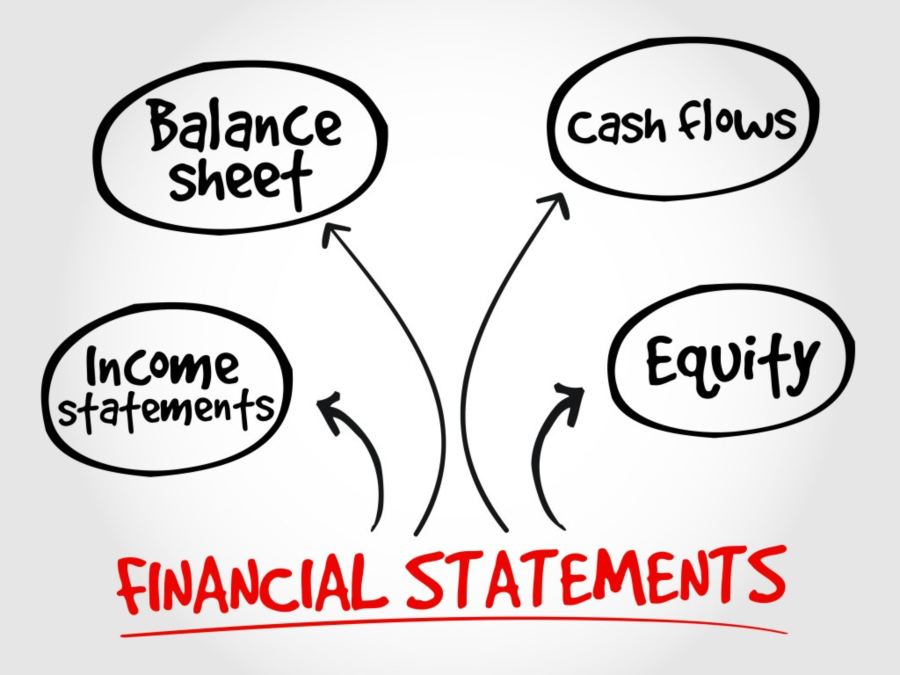The thought of understanding business financials might be daunting especially when you are caught up in other areas of your business.
At CORE we are here to help, and, in this article, we will be guiding you on the main key points related to business financials, the contents of the main financial statements and importance of each of them for the end user. It is important to note that the statements report on historical data, however, they assist in planning ahead with regards to corrections and forecasting.
How to Read a Profit/Loss Statement
In the world of business financials, most accountants refer to profit and loss statement as a P&L statement and it contains information about your business’ profitability. This statement comes in the form of a report providing information from revenues and income to direct costs, operating expenses & overheads which ultimately results in your net profit.
Ratios and margins will assist in determining the performance of the business in relation to profitability for particular areas of the operation. At CORE we stress the importance of understanding a P&L statement since you gain insight into your bottom-line profit, therefore gauging the overall operational performance for the period.

The Balance Sheet
A balance sheet (also known as a statement of financial position) reports the business financials in the form of a statement which provides information on a company’s assets, equity and liabilities. The balance sheet is important since it provides a snapshot of the business financial position at a specific point in time and it highlights what the business owns and what it owes. In this way, you gain an understanding of what your business is worth on paper.
Balance sheet contents:
- Assets are made up of current assets which are liquid in nature (cash, inventories, receivables, etc) and non-current assets which are used to generate the income of the business and usually have a life span of more than 12 months (property, equipment, investments, etc.). Non-current assets may be tangible or non-tangible.
- Liabilities are also broken down into the current (payables, bank overdrafts, etc) and non-current liabilities (long term bank loans, etc). As a general rule, non-current refers to balances which will carry over more than one financial period, with bank loan balances split between current (balance falling due within the next 12 months) and non-current (the remaining balance).
- Equity refers to the share capital and reserves of the business and, on a small scale, it usually determines the net business worth excluding any internally generated goodwill.

Importance of Cash Flow reporting
Cash Flow is the money moving in and out of your business. It is important to monitor your cash flow as this helps evaluate the cash management as well as plan ahead.
- The Cash Flow statement – This is a report based on historic balances to determine how the business cash was generated and managed throughout the period. The report is broken down to highlight cash generated from operations, financial activities and investing activities and results in a surplus or deficit of cash over the period. Having a positive profit figure in your P&L will not necessarily result in positive cash flow for the same period.
- Cash Flow forecasts – As opposed to the cash flow statement, the forecast is a report which looks ahead into the future. It is made up of workings and assumptions to calculate how cash will flow in and out of the business for a determined future period. This will assist in planning ahead as it highlights the amount of external funding needed and for how long. On the contrary, it may also highlight a surplus of cash giving you the opportunity to invest wisely.
Comparative data & timeliness
Gathering and storing past data is an asset to your business. This allows for comparative data within your financial statements (FS) which helps you extract trends over a timeline to determine the direction of your business. The trends also assist in the preparation of budgets and forecasts, which can also be used as comparative data in your FS. The comparative data allows you to set targets and compare and monitor your actual results against such targets.
The timeliness of your reports is of high importance as this allows you to promptly adjust where necessary in an efficient and timely manner. The longer the reports take to be prepared, the longer it will take to correct any issues identified within the period.
Tracking Key Performance Indicators
Key Performance Indicators (KPI) are measurable goals that you set for your business. There are different forms of KPIs such as operational, staff development and financial. The KPI chosen will depend on the type of business industry and on your business goals. They are important since they highlight what is working well with your business and what isn’t. General industry KPIs allow you to compare your business to industry standards and direct competitors. They can also act as a guide for employees to understand what is required from them on a personal level and when working in teams or projects.
At CORE, we cannot stress further the importance of having a thorough understanding of your business financials. We will work with you to make sure your reports are prepared in a timely manner and presented in an understandable format. We also go the extra mile to review and analyse your reports before passing them on to you. The extra knowledge will direct your business towards higher profit margins and will also aid in the planning and monitoring of your business performance.





